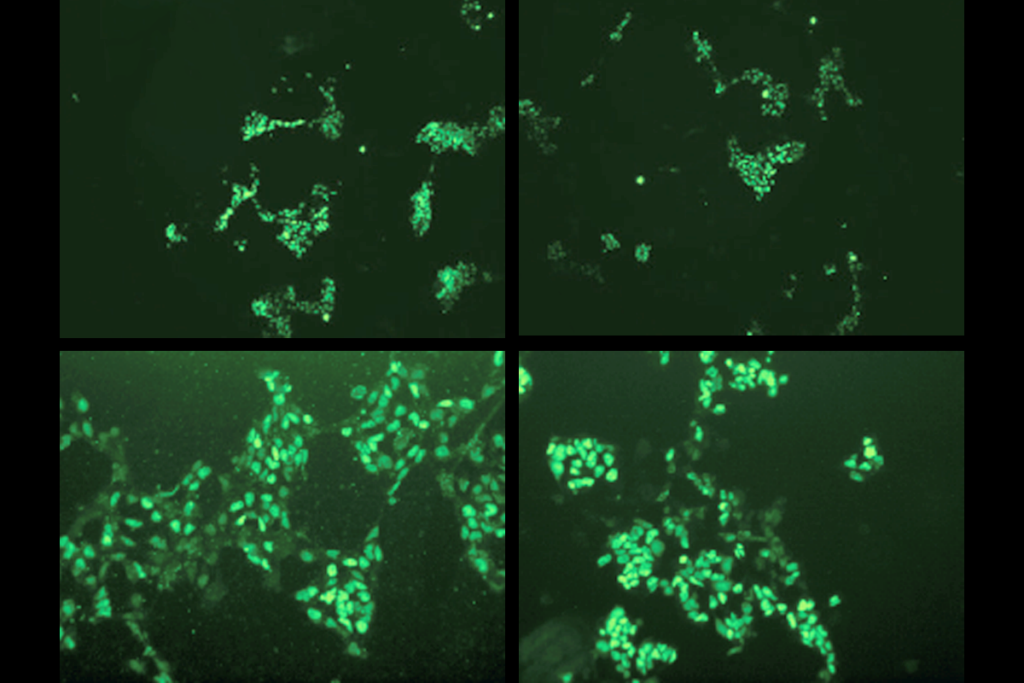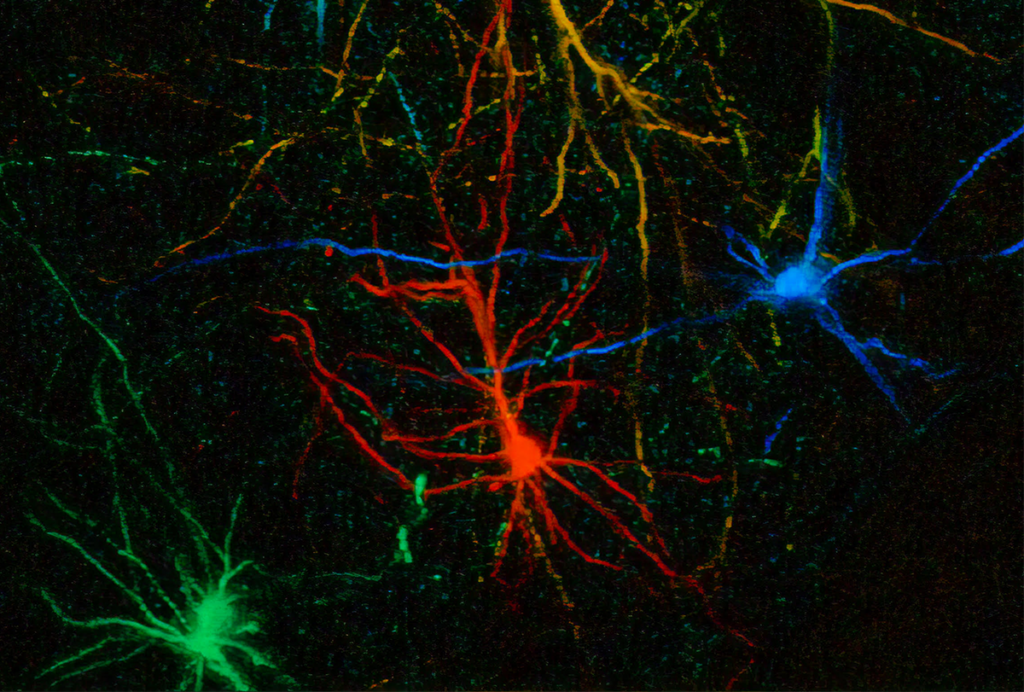Rise in autism fueled mainly by diagnostic changes
A significant proportion of the rise in autism prevalence in Denmark stems from changes in diagnostic practice, suggests a study published 3 November in JAMA Pediatrics.
Most people who talk about an ‘epidemic’ of autism in the U.S. are referring to a chart that maps the disorder’s dramatic rise after 1985. But many of them may not know that autism didn’t exist as a diagnosis until 1980. Before that, it was called childhood schizophrenia.
Autism debuted in the third edition of the Diagnostic and Statistical Manual of Mental Disorders, published by the American Psychiatric Association. Even then, the manual used terms such as “gross deficits” and “bizarre” to describe the disorder.
European clinicians use a similar catalog, called the International Classification of Diseases (ICD). The ICD underwent parallel changes in its description of autism, and coincided with a rise in autism prevalence in some European countries. In fact, a study published 3 November in JAMA Pediatrics suggests that up to 60 percent of the increase in autism prevalence in Denmark between 1980 and 2011 stemmed from diagnostic changes in that country.
Until 1994, doctors in Denmark relied on the criteria described in the ICD-8, which defined autism as a subgroup of schizophrenia. They then switched to the ICD-10, which lists autism in its own category and expanded the criteria required for diagnosis. (The ICD-9 was never implemented in Denmark.) In 1995, Denmark extended reporting of an autism diagnosis — once reserved for in-patient settings — to clinicians outside of hospitals and emergency rooms.
Because Denmark has a National Health Registry, researchers were able to track autism diagnoses among 677,915 people born between 1980 and 1991. They found a total of 3,956 cases. They then looked for jumps in the rising prevalence that coincided with the two changes in diagnostic practice.
About one-third of the increase in autism prevalence resulted solely from the switch from the ICD-8 to the ICD-10. Interestingly, this change primarily affected the prevalence of males with autism. Allowing clinicians to diagnose autism in outpatients contributed to another 42 percent of the increase in prevalence.
Together, these changes account for about 60 percent of the increase in prevalence. The remaining 40 percent may reflect public awareness of autism, which has climbed gradually over the same time period.
Although the findings are specific to Denmark, they drive home the fact that there are subtle complexities subsumed in a simple chart. The rise of autism has prompted people to speculate about other exposures that have increased since 1980 — such as the Internet or freeway traffic. But the rise also coincides with a surge in organic food consumption.
Neither the Internet nor organic food cause autism.
Recommended reading

Changes in autism scores across childhood differ between girls and boys

PTEN problems underscore autism connection to excess brain fluid

Autism traits, mental health conditions interact in sex-dependent ways in early development
Explore more from The Transmitter

To make a meaningful contribution to neuroscience, fMRI must break out of its silo

